
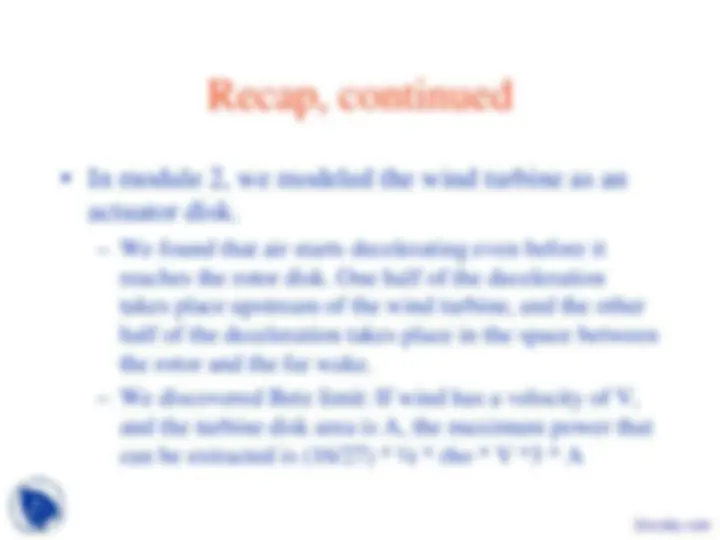
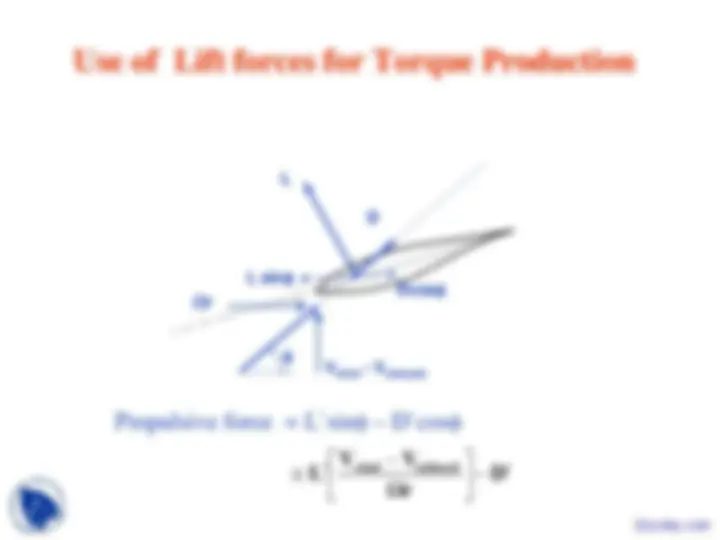
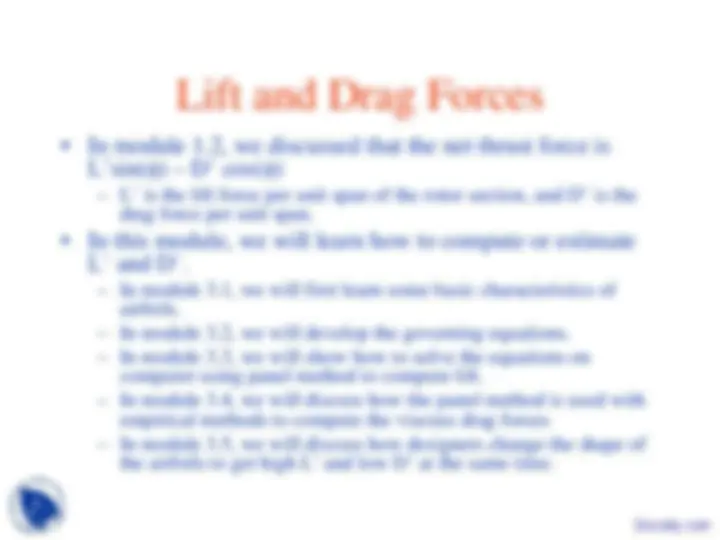
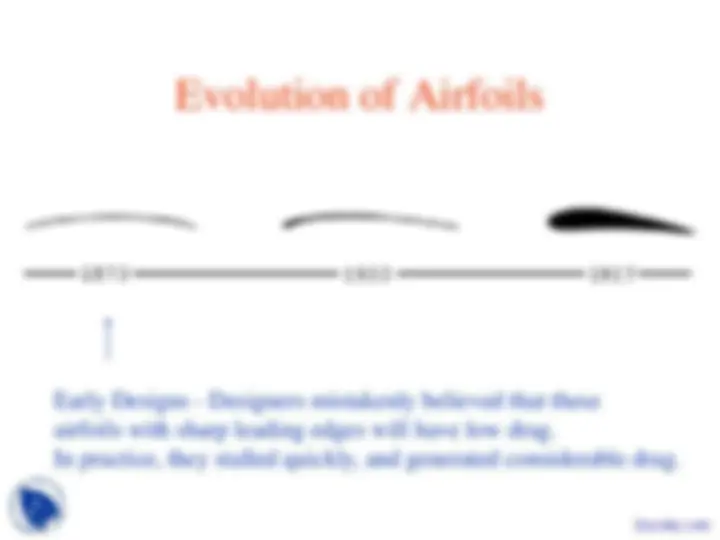
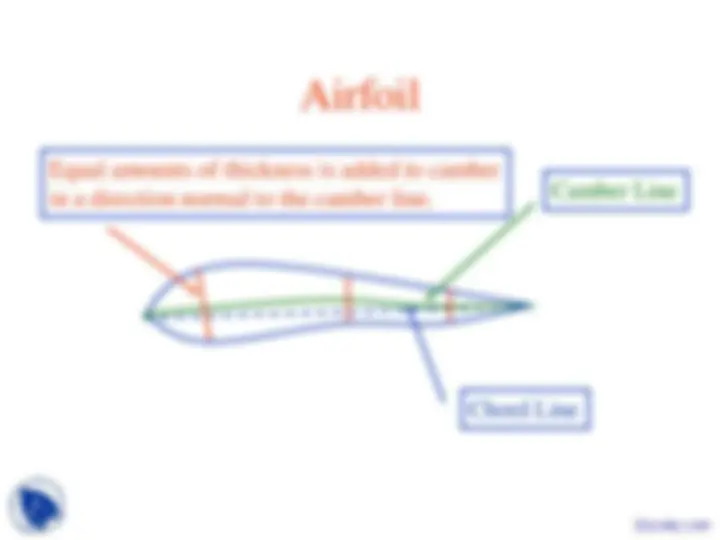
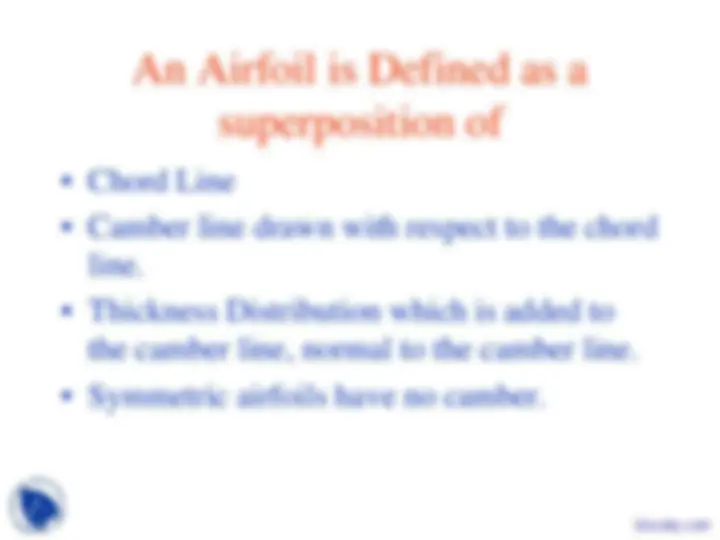
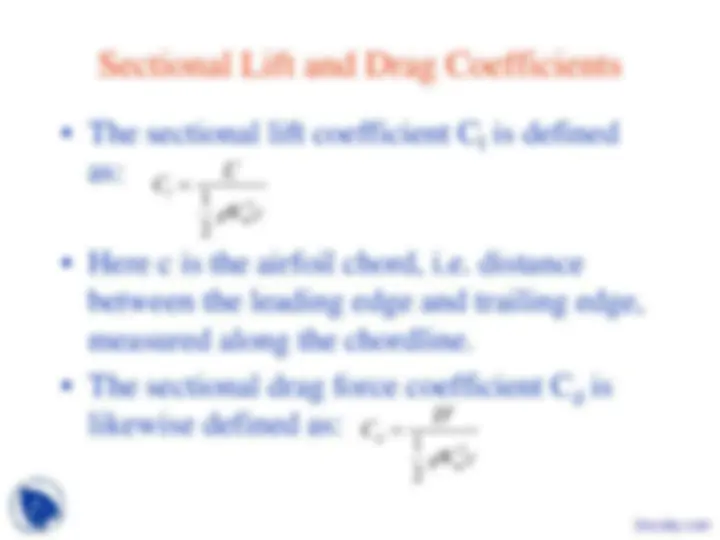
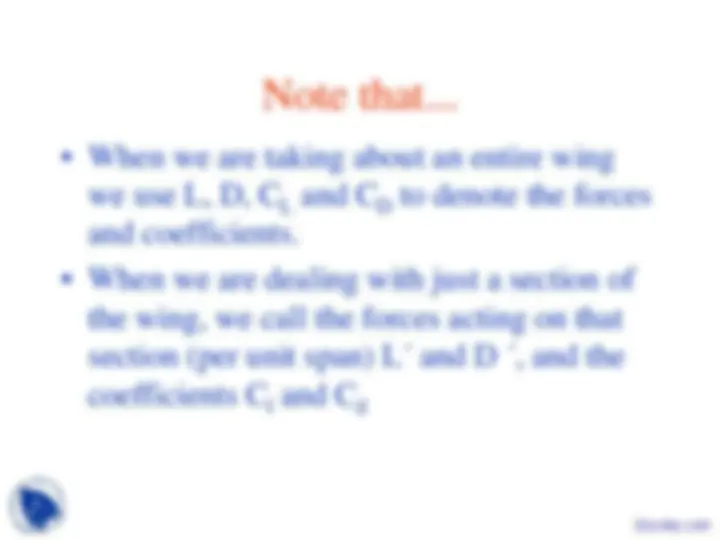
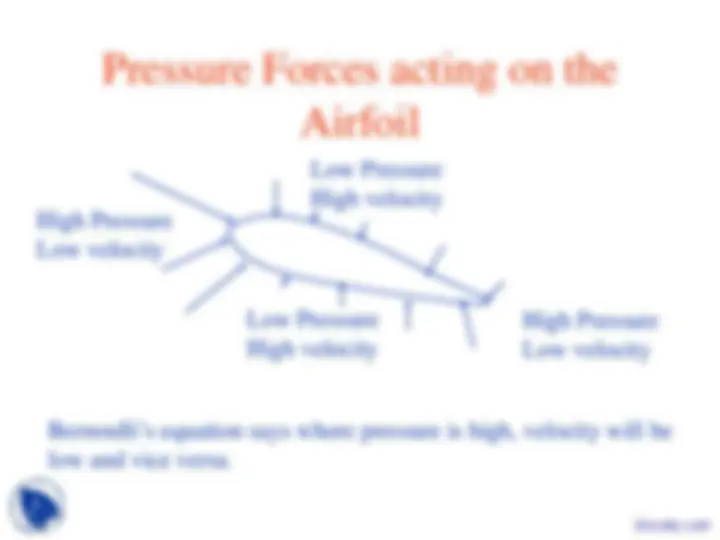
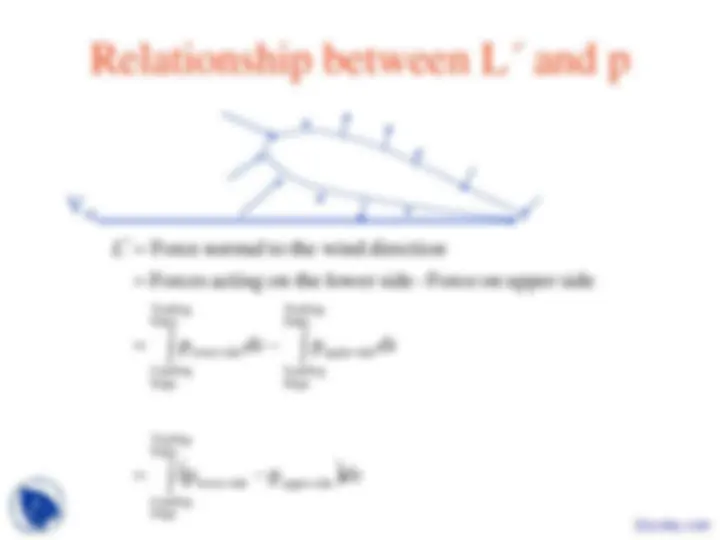
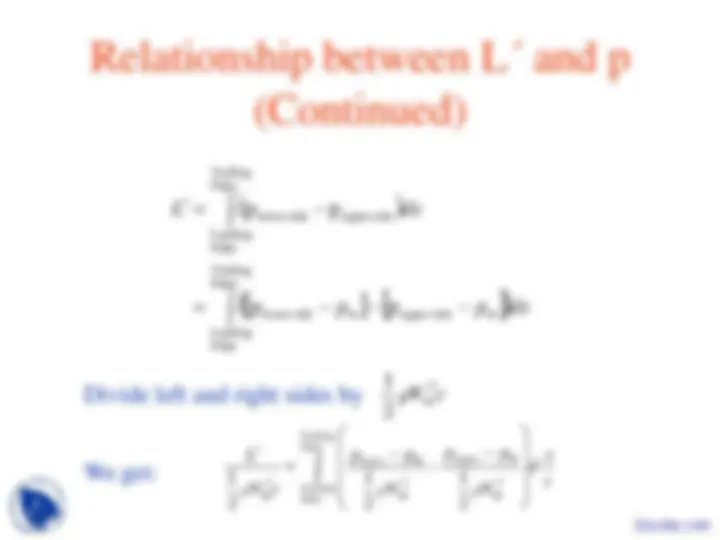
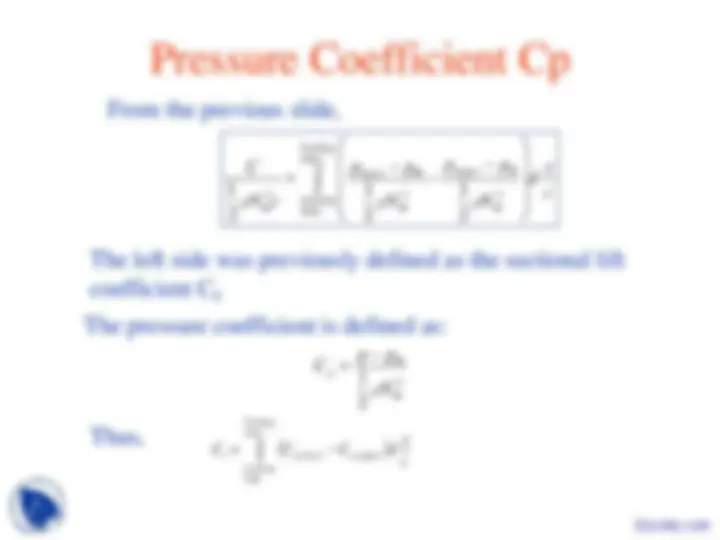
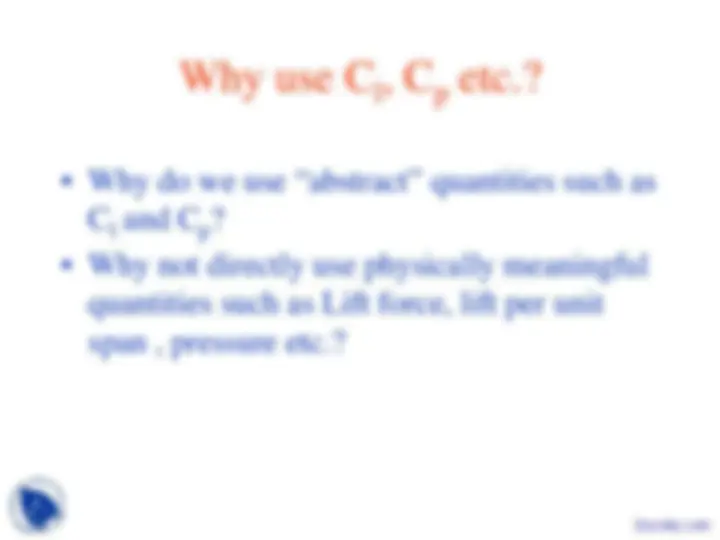
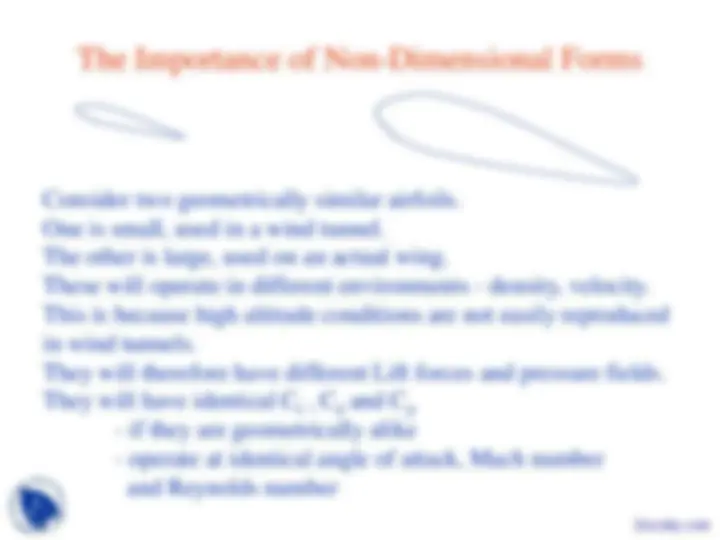
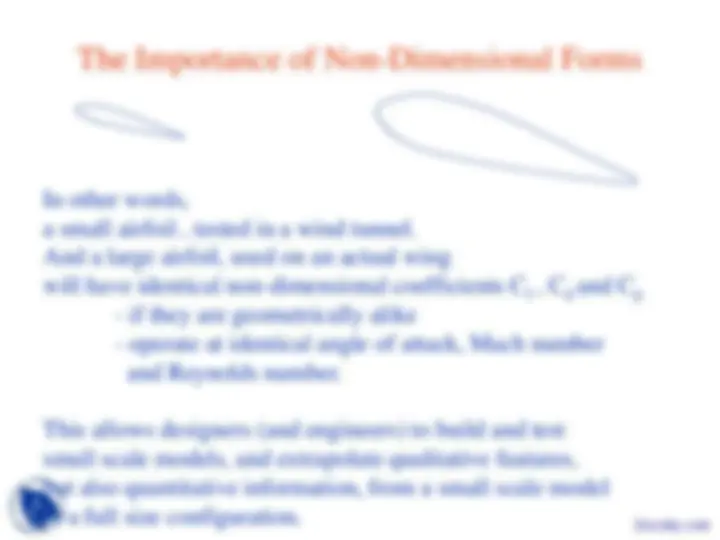
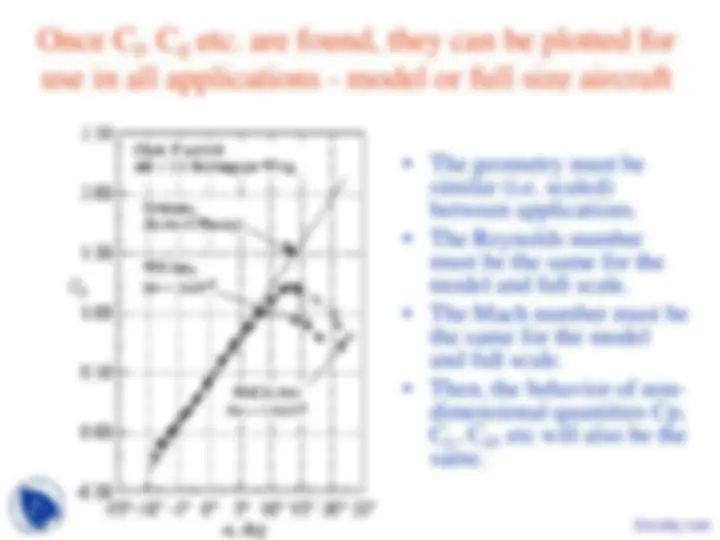
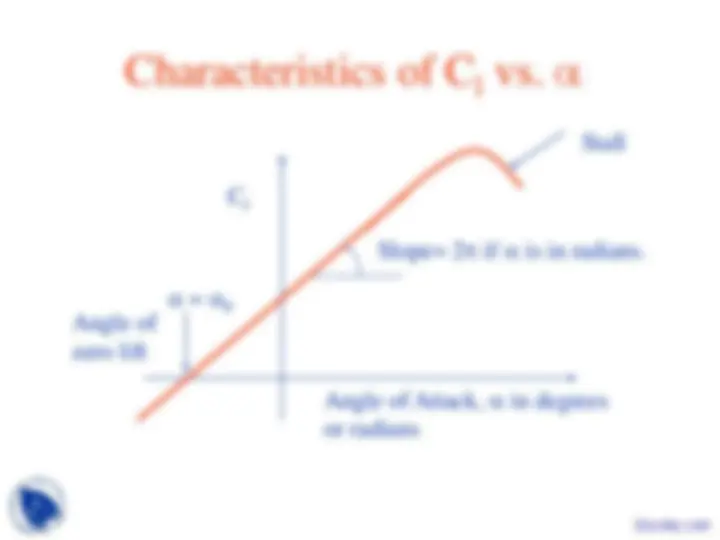
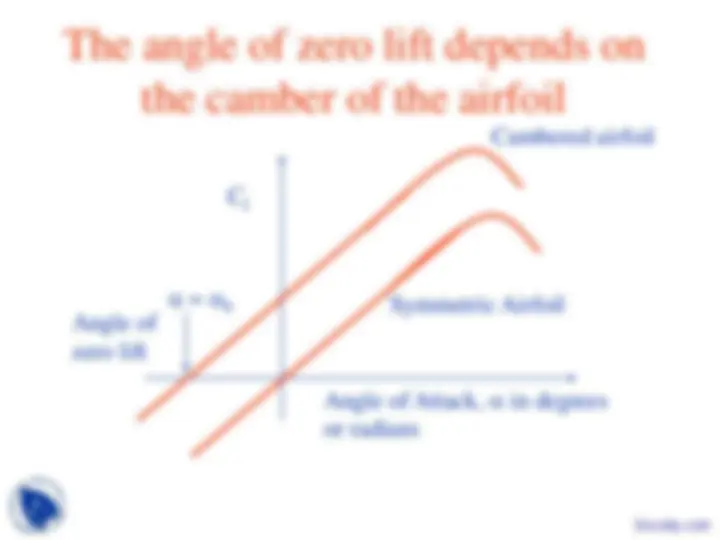
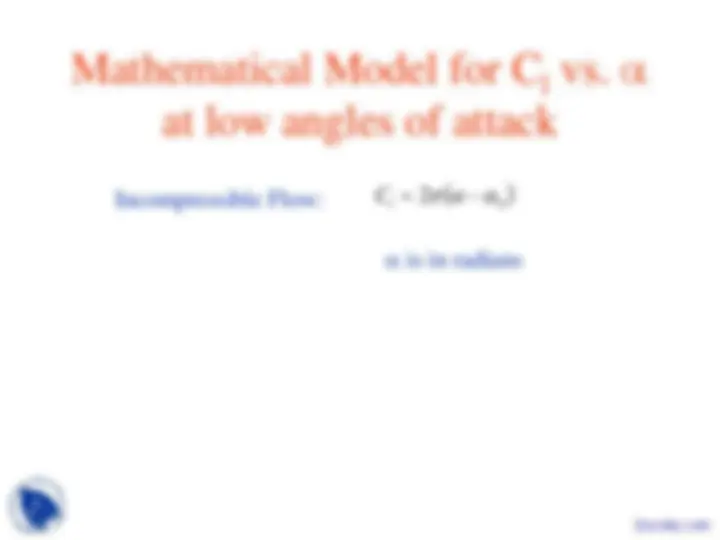
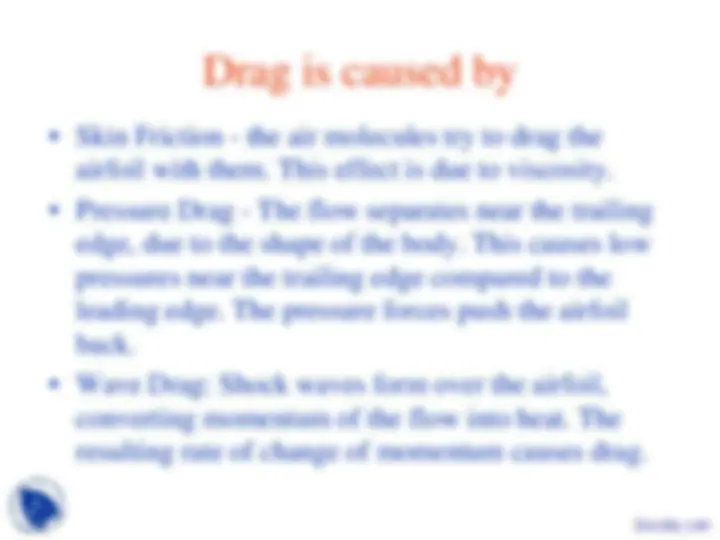
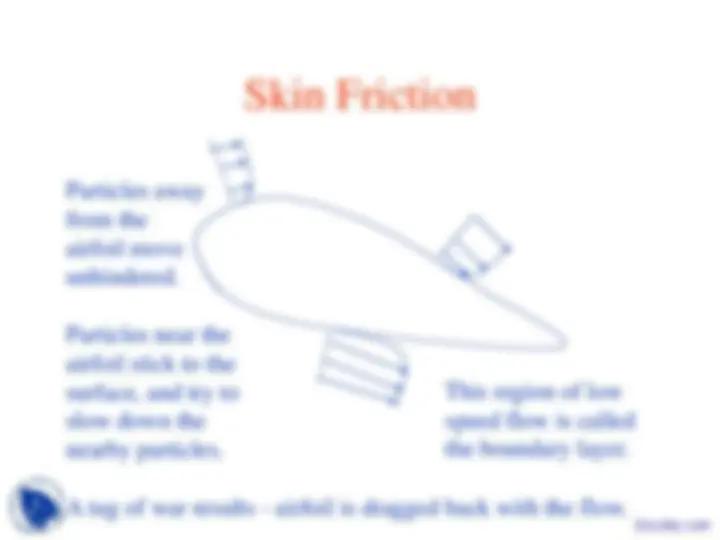
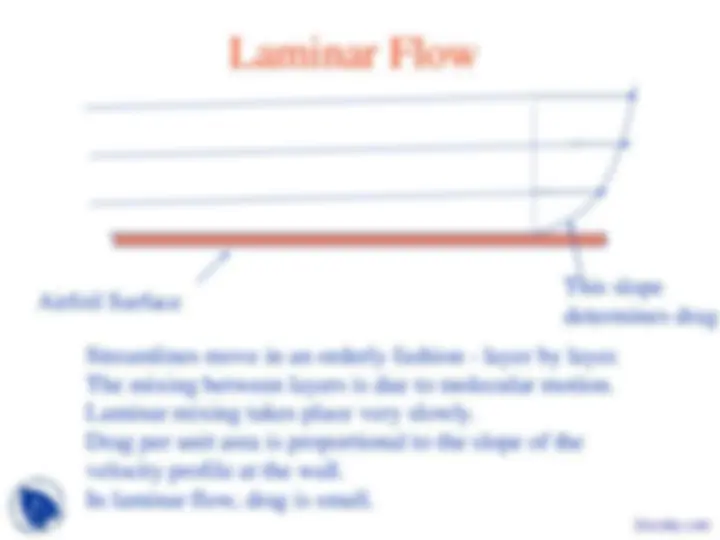
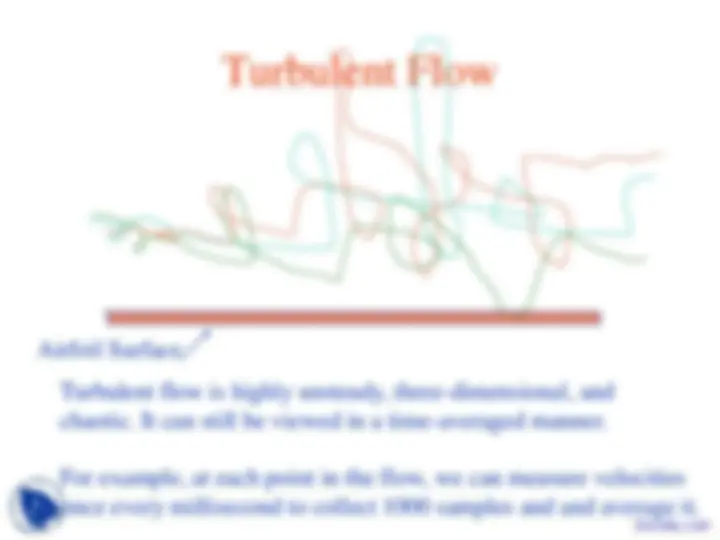
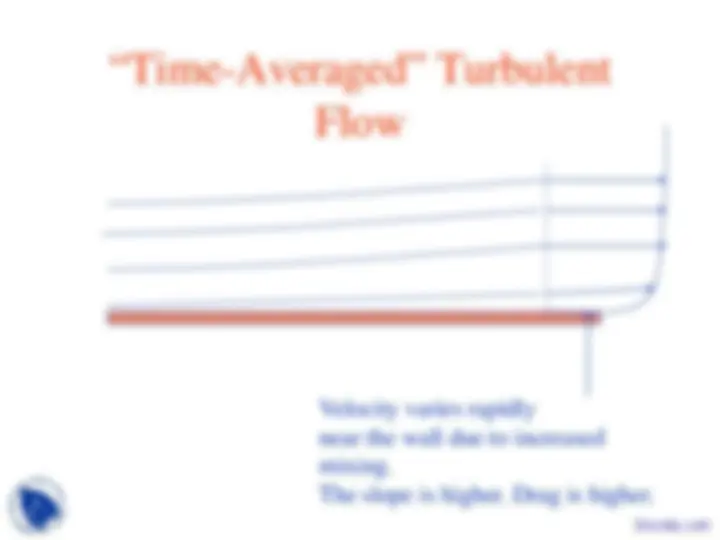
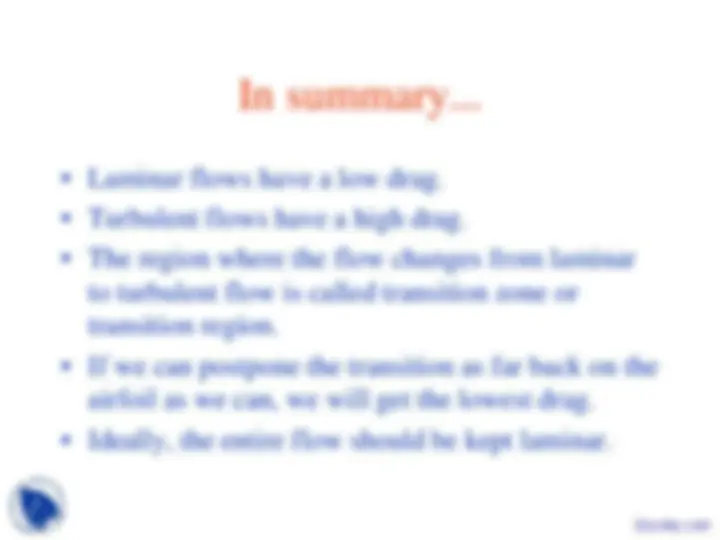


Study with the several resources on Docsity

Earn points by helping other students or get them with a premium plan


Prepare for your exams
Study with the several resources on Docsity

Earn points to download
Earn points by helping other students or get them with a premium plan
Community
Ask the community for help and clear up your study doubts
Discover the best universities in your country according to Docsity users
Free resources
Download our free guides on studying techniques, anxiety management strategies, and thesis advice from Docsity tutors
An overview of wind engineering, focusing on the concepts of lift and drag forces on airfoils. It covers the history of wind turbine technology, the use of lift forces for torque production, and the computation of lift and drag forces. The document also discusses the importance of airfoils and their evolution, as well as the relationship between lift coefficients and pressure.
Typology: Slides
1 / 33

This page cannot be seen from the preview
Don't miss anything!


























Use of Lift forces for Torque Production
L D
Vwind - Vinduced
L sin φ (^) Dcos φ Ω r
φ
Propulsive force = Lsinφ – Dcosφ
D Ωr
L Vwind^ Vinduced − ′
≅ ′^ −
and D. - In module 3.1, we will first learn some basic characteristics of airfoils. - In module 3.2, we will develop the governing equations. - In module 3.3, we will show how to solve the equations on computer using panel method to compute lift. - In module 3.4, we will discuss how the panel method is used with empirical methods to compute the viscous drag forces - In module 3.5, we will discuss how designers change the shape of the airfoils to get high L’ and low D’ at the same time.Early Designs - Designers mistakenly believed that these airfoils with sharp leading edges will have low drag. In practice, they stalled quickly, and generated considerable drag.
α V∞
Angle of attack is defined as the angle between the freestream and the chord line. It is given the symbol α. Because modern wings have a built-in twist distribution, the angle of attack will change from root to tip. The root will, in general, have a high angle of attack. The tip will, in general, have a low (or even a negative) α.
Sectional Lift and Drag Coefficients
as:
between the leading edge and trailing edge, measured along the chordline.
likewise defined as:
V c
C L l (^) 2 2
1 ∞
ρ
V c
C D d (^) 2 2
1 ∞
ρ
High Pressure Low velocity
High Pressure Low velocity
Low Pressure High velocity
Low Pressure High velocity
Bernoulli’s equation says where pressure is high, velocity will be low and vice versa.
Subtract off atmospheric Pressure p∞ everywhere. Resulting Pressure Forces acting on the Airfoil
High p-p (^) ∞ Low velocity
High p-p (^) ∞ Low velocity
Low p-p (^) ∞ High velocity
Low p-p (^) ∞ High velocity
The quantity p-p (^) ∞ is called the gauge pressure. It will be negative over portions of the airfoil, especially the upper surface. This is because velocity there is high and the pressures can fall below atmospheric pressure.
= − ∞ − − ∞
′= −
EdgeTrailing
EdgeLeading
lowerside upperside
EdgeTrailing
EdgeLeading
lowerside upperside
p p
p p
p p dx
L dx
Divide left and right sides by V^^2 c 2
1 ρ ∞
′ = − − − ∞
∞ ∞
∞ ∞
Trailing Edge
EdgeLeading
lower upper c
d x V
p p V
p p V c
L 2 2 2 2
1 2
1 2
We get: (^1) ρ ρ ρ
From the previous slide,
′ = − − − ∞
∞ ∞
∞ ∞
Trailing Edge
EdgeLeading
lower upper c
d x V
p p V
p p V c
L 2 2 2 2
1 2
1 2
(^1) ρ ρ ρ
The left side was previously defined as the sectional lift coefficient C (^) l.
The pressure coefficient is defined as:
2 2
1 ∞
= − ∞ V
C p p p ρ
edgeTrailing
edgeLeading
Cl Cp , lower Cp , upper dcx